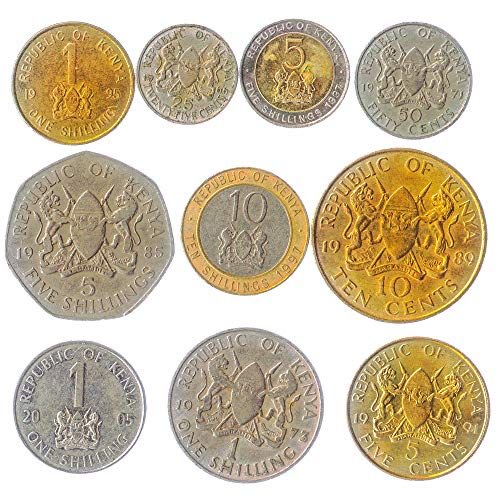Economic Effects of the Russian Ukraine War
It is quite evident that the global financial system has taken a turn for the worst the cost of living is rising day by day and one has to carefully check how to spend each coin.
The war has caused economic downturn and rapid rising of food costs .The dollar crisis has also led to tightening up of the investment market.This in turn will require the government to put up necessary systems in place to help mitigate the disruptions.
Sharply growing commodity fees is one of the major effects of the war coupled with the recent covid 19 crisis.The war has left no country or enterprise untouched with the current rising economic disruptions. The ability to afford a meal is becoming a tedious task at a very alarming rate. Prices of wheat and other grains have already soared.
In 2019, Russia and Ukraine combined, accounted for 25 % of the global wheat exports and 14 % of corn shipments. The ongoing war has strained the global delivery chains from semiconductors to automobile parts.
The war threatens important elements of the economy.This brings us to the current oil crisis. Russia is among the largest oil suppliers accounting for 14 % of crude oil and 9% of renewable energy globally .The 7 % growth rate of crude oil, which in turn increases the cost of transportation and manufacturing all together thus affecting global exports
The war has caused an increase in renewable energy fees . The effect does not only highly affect farmers, as ammonia is a key ingredient in most fertilizers, this will cause a decrease in crop yields but also affect the current high cost of food produce.
The Ukraine war and the pandemic have once again shown that crises can cause widespread economic damage and set back years of per capita income and development gains
The war-triggered a spike in global oil prices also serves to underscore the need for energy security by boosting energy supply from renewable sources and stepping up the design and implementation of large-scale energy efficiency measures.
By Chartafai



